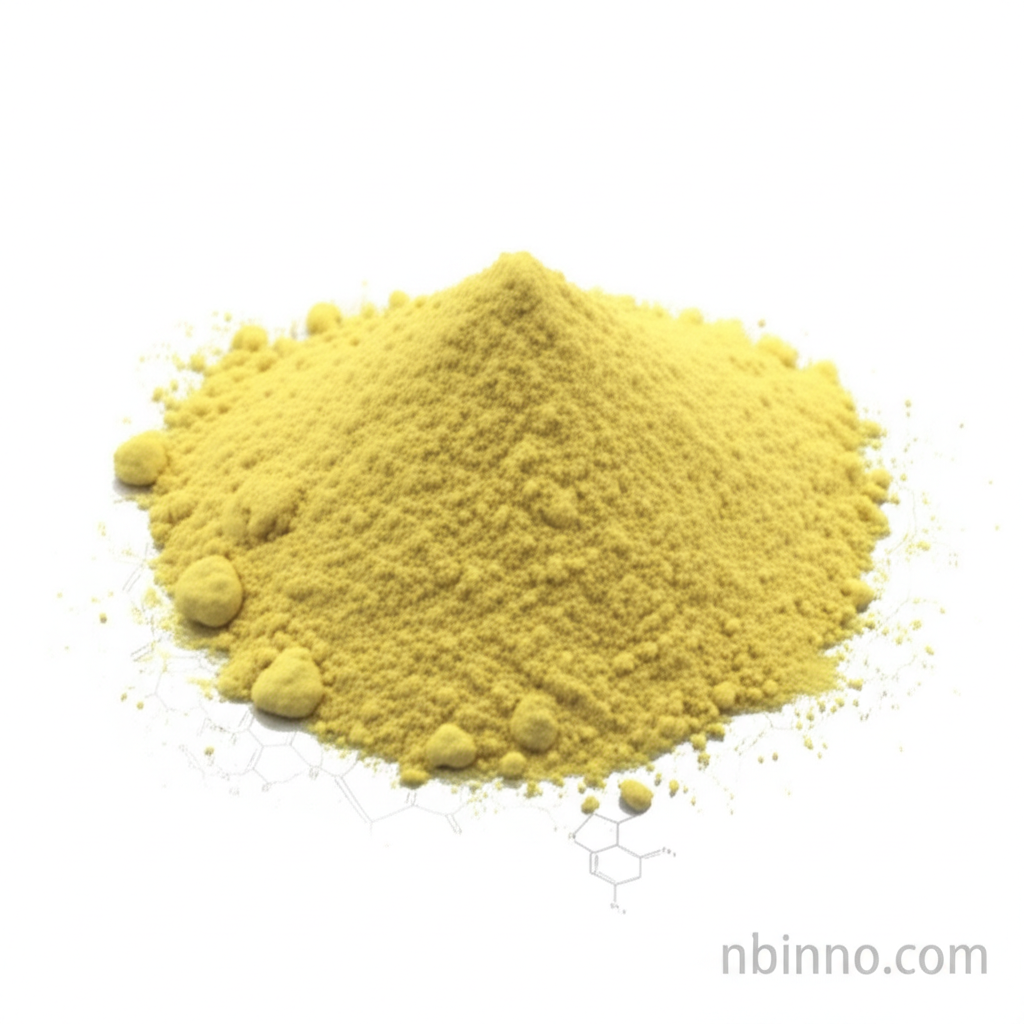Unlock High-Performance Polymers and Vibrant Dyes with 1,4,5,8-Naphthalenetetracarboxylic Acid
Discover the essential role of this chemical intermediate in creating durable materials and brilliant colors.
Get a Quote & SampleProduct Core Value

1,4,5,8-Naphthalenetetracarboxylic acid
This compound is a vital building block for advanced materials, offering significant advantages in both the production of vibrant dyes and the creation of high-performance polymers. Its unique chemical structure enables the synthesis of materials with superior thermal and radiation resistance.
- Utilize this key 1,4,5,8-Naphthalenetetracarboxylic acid dye intermediate in the creation of rich vat dyes and brilliant pigments, adding significant value to textile and coating applications.
- Leverage its capabilities as a polyimide synthesis precursor to develop materials with exceptional thermal stability for demanding environments.
- Incorporate it as a crucial high-performance polymer component, ensuring durability and resistance against radiation.
- Explore its application as a versatile chemical intermediate for textile dyes, enabling a wide spectrum of color possibilities.
Advantages Offered
Enhanced Color Vibrancy
As a critical component in the vat dye manufacturing process, it ensures deep and lasting colors, enhancing the appeal of textiles and other colored products.
Superior Thermal Stability
Its role as a high-temperature polymer component makes it ideal for applications requiring materials that can withstand extreme heat without degradation.
Advanced Material Properties
The unique structure facilitates the creation of novel polymers with excellent insulation and radiation resistance, making them suitable for specialized industrial uses.
Key Applications
Dyes and Pigments Synthesis
This compound serves as a crucial pigment precursor chemical, enabling the creation of a wide array of vibrant and stable colors used across various industries, from textiles to coatings.
Advanced Polyimides
As a key building block for novel polyimides, it imbues materials with remarkable insulation and radiation resistance, crucial for electronics and aerospace applications.
High-Temperature Polymers
Its incorporation into polymer structures provides exceptional thermal stability, allowing materials to perform reliably in environments exceeding 400°C.
Specialty Chemical Intermediate
Functioning as a versatile chemical intermediate for textile dyes, it opens doors to innovative color solutions and material enhancements.
